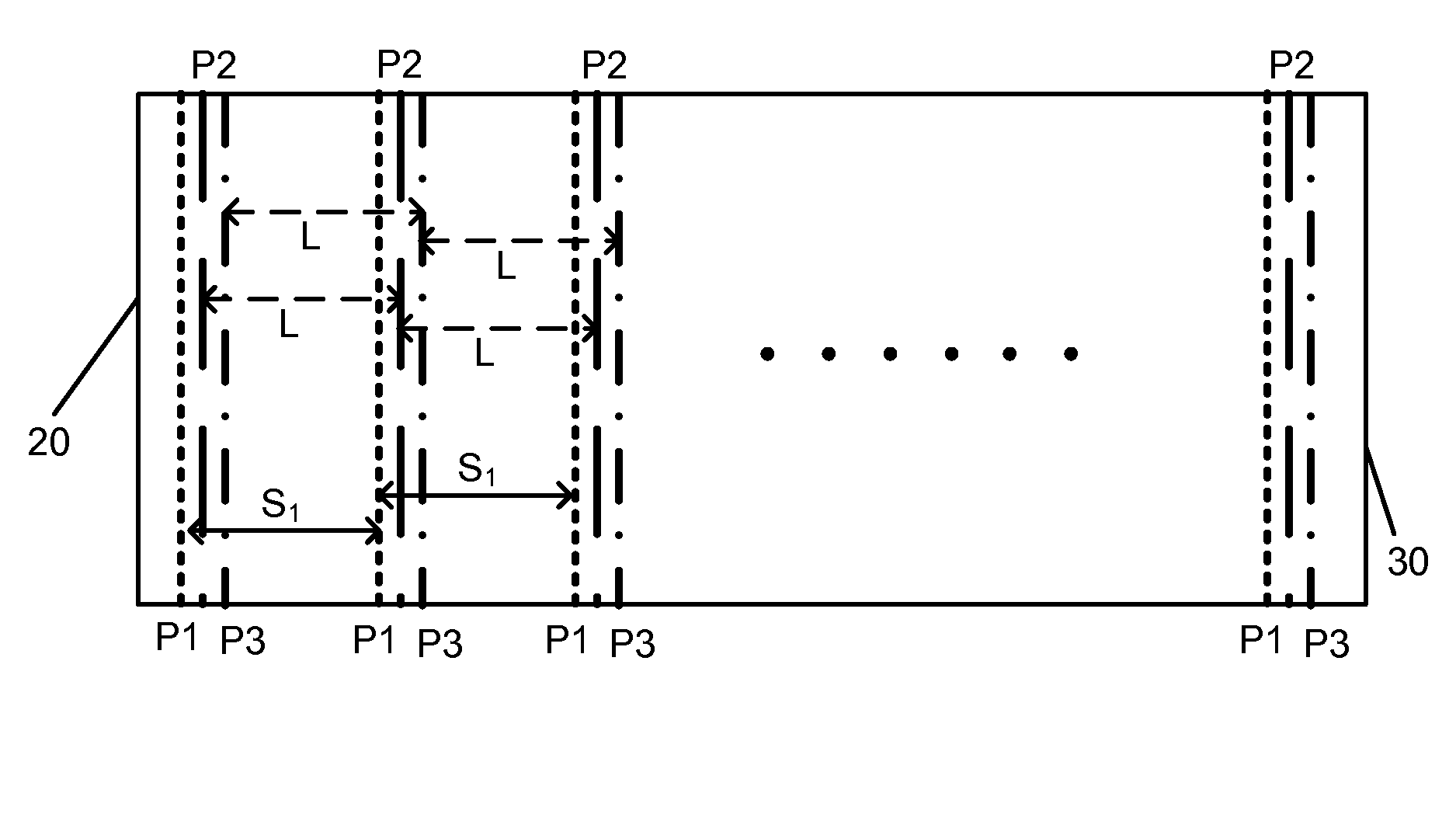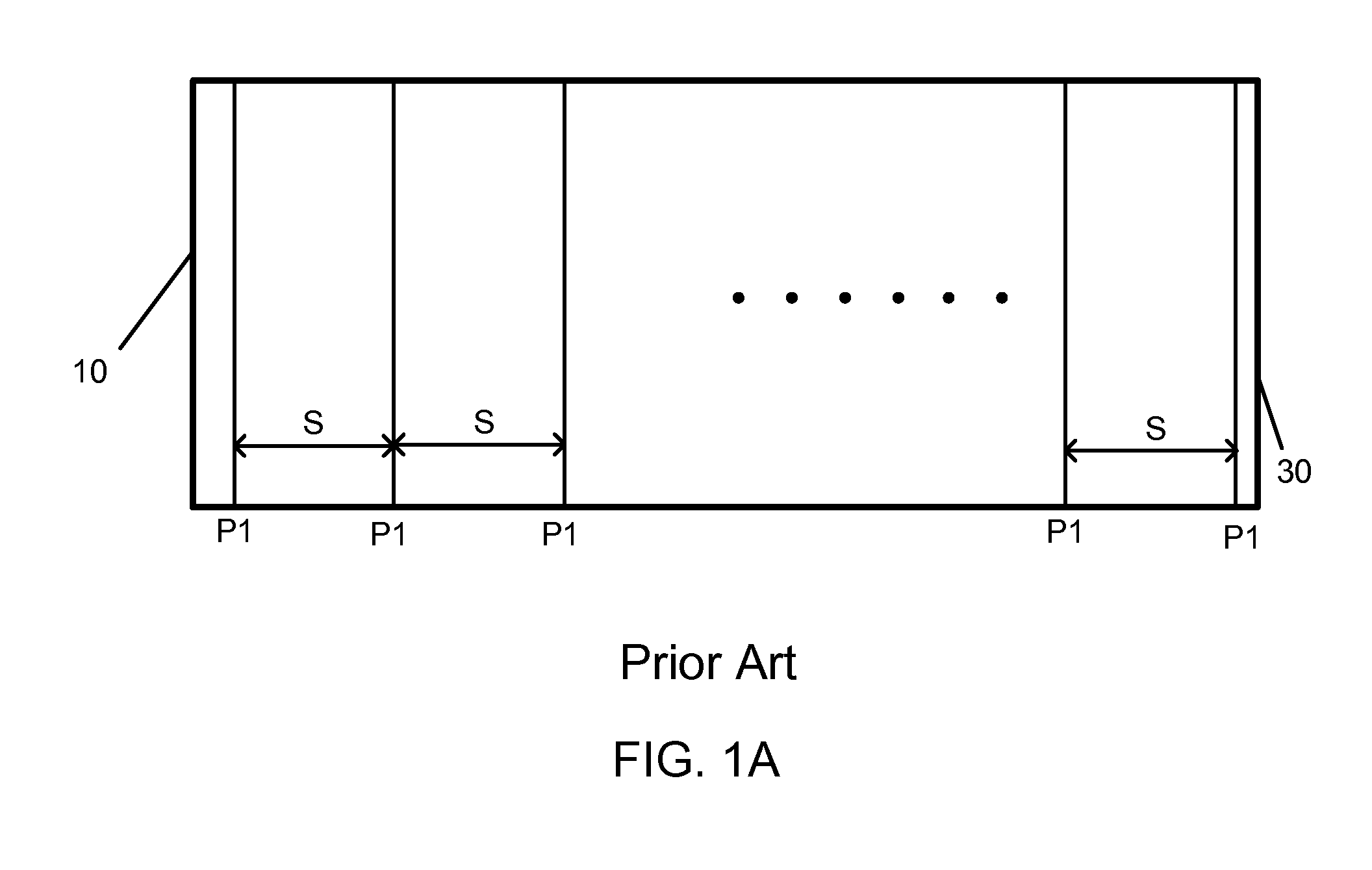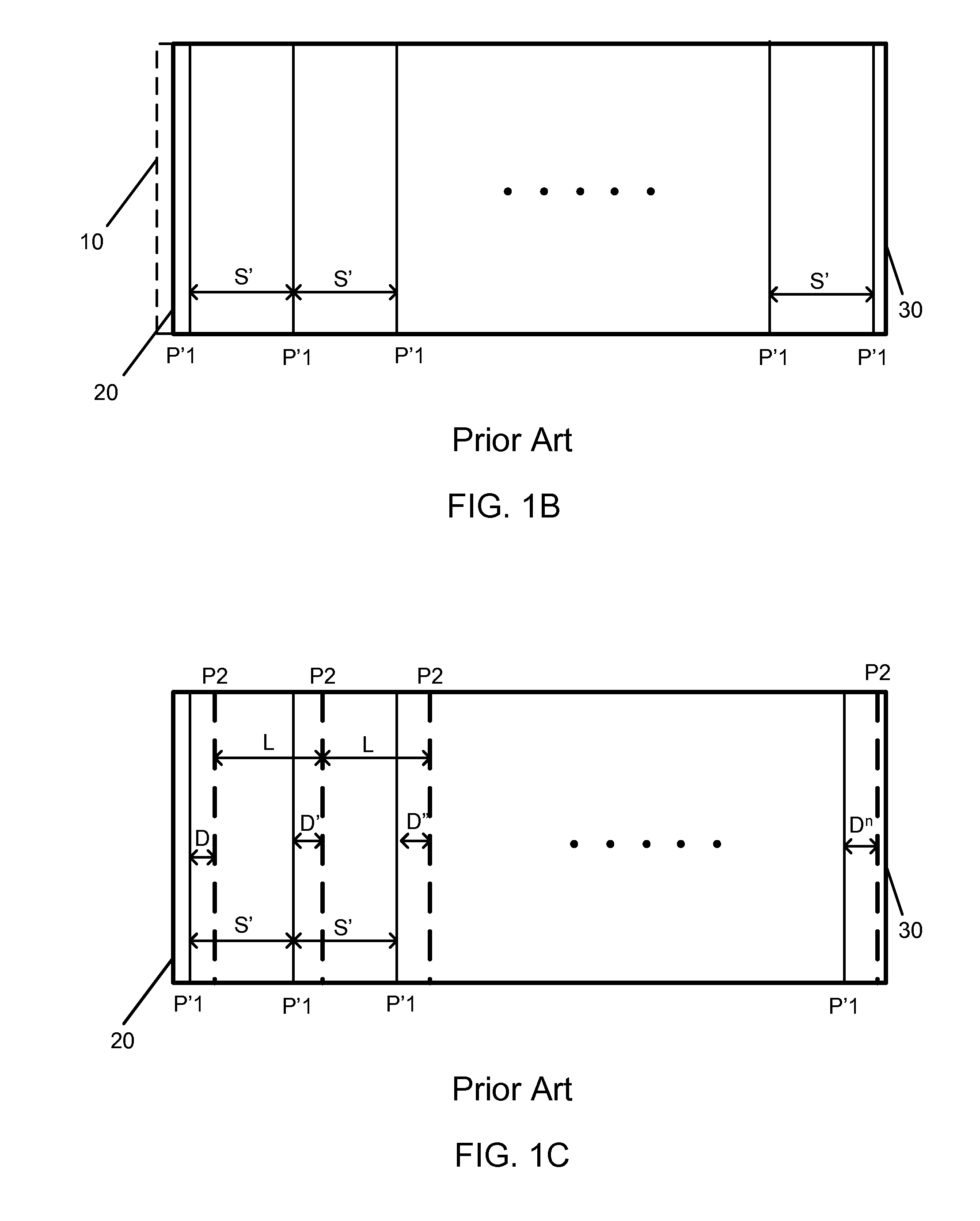Method for improved patterning accuracy for thin film photovoltaic panels
a thin film photovoltaic panel and patterning technology, applied in the direction of liquid surface applicators, coatings, semiconductor devices, etc., can solve the problems of reducing the efficiency of cell efficiency, and reducing the cost of petrochemical fuel supply, etc., to achieve the effect of improving the cell-spacing accuracy, simplifying the patterning of the thin film panel after the thermal process, and improving cell efficiency
- Summary
- Abstract
- Description
- Claims
- Application Information
AI Technical Summary
Benefits of technology
Problems solved by technology
Method used
Image
Examples
Embodiment Construction
[0014]Embodiments according to the present invention relates to photovoltaic materials and manufacturing method. More particularly, the present invention provides a method and structure for patterning thin film photovoltaic panels with improved accuracy. Merely by way of example, the present method and structure include forming a first series of patterns with pre-compensated inter-pattern spacing followed by a second series of patterns after substrate compaction in thermal processing. The method is applied to a thin-film stack for manufacturing copper indium diselenide based thin film photovoltaic devices, but it would be recognized that the invention may have other configurations.
[0015]The state of art manufacturing process of thin film based photovoltaic cell requires multiple stages of patterning process to scribe line patterns for a plurality of cells formed on a large substrate panel. Each cell usually is designed to cover a same spatial area of the panel so that patterning can...
PUM
| Property | Measurement | Unit |
|---|---|---|
| temperature | aaaaa | aaaaa |
| glass strain point | aaaaa | aaaaa |
| radius | aaaaa | aaaaa |
Abstract
Description
Claims
Application Information
 Login to View More
Login to View More - R&D
- Intellectual Property
- Life Sciences
- Materials
- Tech Scout
- Unparalleled Data Quality
- Higher Quality Content
- 60% Fewer Hallucinations
Browse by: Latest US Patents, China's latest patents, Technical Efficacy Thesaurus, Application Domain, Technology Topic, Popular Technical Reports.
© 2025 PatSnap. All rights reserved.Legal|Privacy policy|Modern Slavery Act Transparency Statement|Sitemap|About US| Contact US: help@patsnap.com



